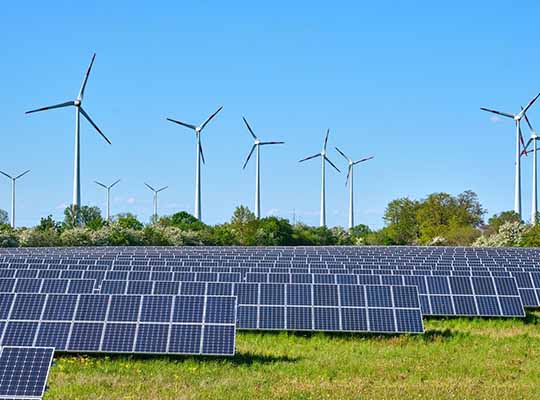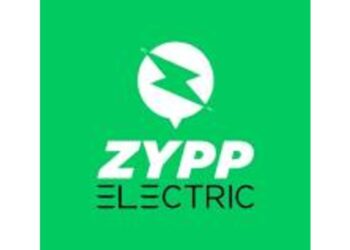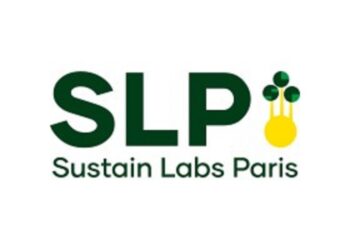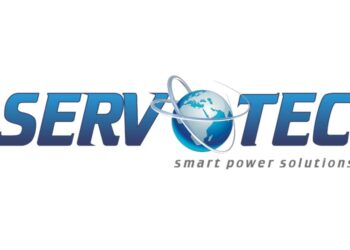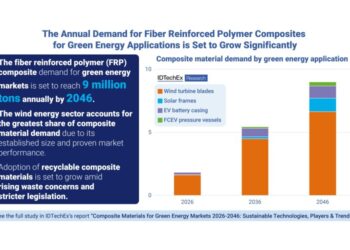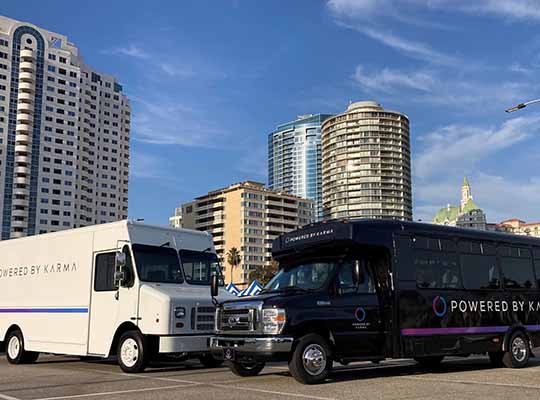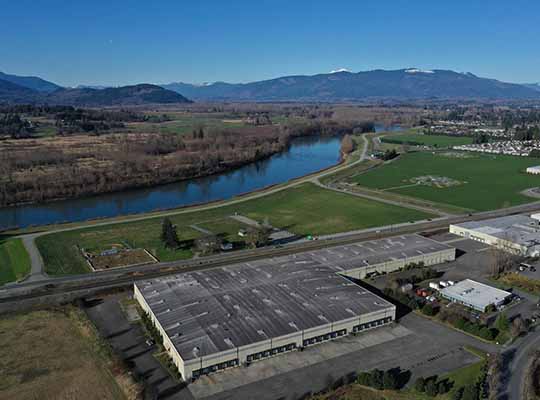ALLENTOWN – PPL Corporation published reports focused on the company’s sustainability performance and environmental, social and governance (ESG) matters.
The company’s Edison Electric Institute and American Gas Association report provides investors access to the most commonly requested metrics about investor-owned utilities’ ESG performance. PPL’s response to the CDP Climate Survey provides an overview of the company’s energy transition and climate strategy and incorporates the recommendations of the Task Force on Climate-Related Financial Disclosures.
“PPL is pursuing clear goals to advance a sustainable energy future for the customers and communities we serve,” said Vincent Sorgi, president and chief executive officer of PPL Corporation. “As we pursue our goals, we’re investing in the research and development of clean energy solutions that will enable us to achieve net-zero carbon emissions, and we’re committed to ensuring a balanced, responsible and just transition to economy-wide decarbonization.”
PPL has set a goal to achieve net-zero carbon emissions by 2050. The company has made substantial progress in reducing emissions from generation and other areas of its operations and is on track to achieve a 70% reduction from 2010 levels in carbon dioxide and other greenhouse gases by 2035 and an 80% reduction by 2040.
PPL’s strategy to help accelerate the shift to a low-carbon future includes reducing these emissions from its regulated generation fleet and other aspects of its business, investing in transmission and distribution networks to support greater electrification and economy-wide decarbonization, and advancing research and development of clean energy solutions needed to achieve net-zero emissions while preserving energy reliability and affordability.
As part of this strategy, PPL invested $20 billion in the company’s Pennsylvania and Kentucky operations over the last decade with the bulk of those investments focused on creating a more resilient and dynamic distribution and transmission network. Today, the company continues to build on its smart grid success, deploying technology that will support greater electrification, the development and deployment of new renewables, and connecting more distributed energy resources.
For example, PPL Electric Utilities is piloting a new technology called Dynamic Line Rating that uses real-time data analytics to increase the capacity and efficiency of transmission line usage, providing a cost-effective approach to delivering increased clean energy resources to our customers.
PPL is also an anchor sponsor of the Low-Carbon Resources Initiative, which is focused on accelerating development and demonstration of low- and zero-carbon energy technologies. In addition, the company recently announced that it has joined Energy Impact Partners’ global investment platform to foster innovation and accelerate the clean energy transition, committing $50 million to the effort.
“Our transparent reporting on ESG initiatives provides a clear view of the company’s performance on issues important to a wide variety of stakeholders and offers insight on PPL’s strategy to grow responsibly while delivering energy safely, reliably and affordably,” said Christine Martin, vice president of public affairs and sustainability for PPL Corporation and co-chair of Edison Electric Institute’s Sustainability Committee.
In addition to the EEI-AGA report and CDP Climate Survey, PPL publishes an annual sustainability report that highlights the company’s sustainability commitments and achievements in a number of areas, such as innovation and technology, safety and reliability, workforce development, customer satisfaction and community support. PPL will also be releasing an updated climate assessment report later this year.
PPL Corporation (NYSE:PPL), based in Allentown, Pennsylvania, is a leading U.S. energy company focused on providing electricity and natural gas safely, reliably and affordably to more than 2.5 million customers in the U.S. PPL’s high-performing, award-winning utilities are addressing energy challenges head-on by building smarter, more resilient and more dynamic power grids and advancing sustainable energy solutions.


